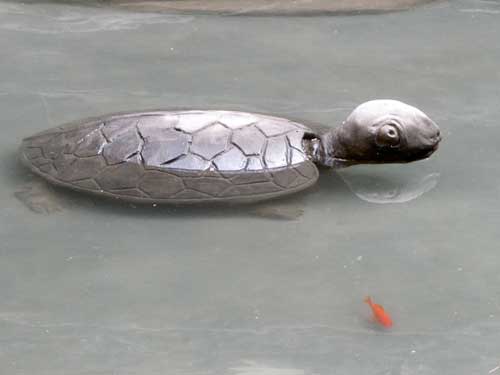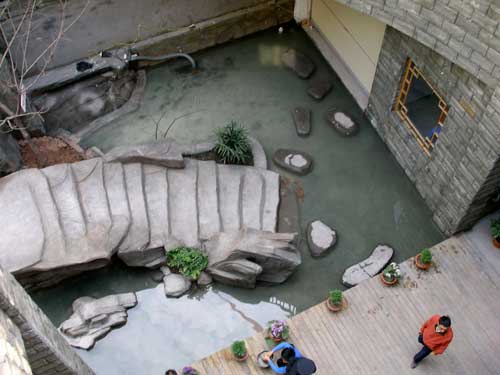
This 2,000 year old hanging coffin was built by the Ba people. These were the ancient people of the area who disappeared suddenly, and were replaced by the Han people (China's majority ethnic group today).
Foot binding:
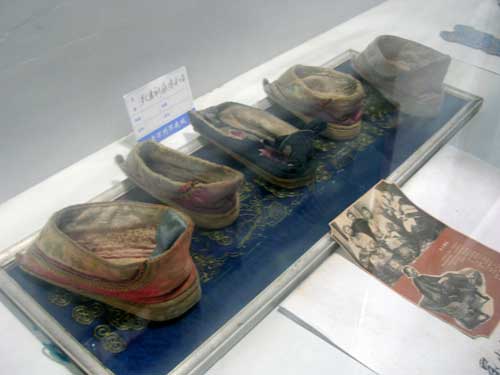
Shoes like these were worn by women with bound feet.
Foot binding was a custom practiced on young girls and women for approximately 1,000 years in China, beginning in the 10th century and ending in the early 20th century.
Multiple theories attempt to explain the origin of this practice. While there is little evidence to support one theory or another, it is clear that foot binding was first practiced among the elite and only in the wealthiest parts of China, which suggests that binding the feet of well-born girls represented their freedom from manual labor and the ability of their husbands to afford wives who did not need to work. However, from the 17th century, Han girls, from the wealthiest to the poorest peasants, had their feet bound. While foot binding could lead to serious infections and was generally painful for life, many women with bound feet were able to walk, work in the fields, and climb to mountain homes.

Women and their husbands took great pride in tiny feet that had achieved the desired lotus shape. It is estimated that as many as 2 billion women were subjected to this practice until 1949, when it was outlawed.
Binding the feet involved breaking the arch of the foot. It took approximately two years for this process to achieve the desired effect; preferably a foot that measured 3 to 3 1/2 inches from toe to heel. The girl was not allowed to rest after her feet had been bound in spite of much pain she was suffering. She was required to walk on her broken and bound feet, so that her own body weight would help crush them into the desired shape.
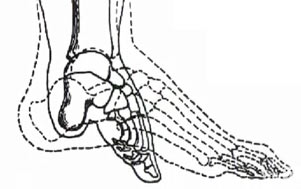
The most common problem with bound feet was infection. Toenails would often ingrow, which could lead to infected toes and rotting flesh. If the infection entered the bones, it could result in toes dropping off - though this was seen as a positive, as the feet could then be bound even more tightly. Disease inevitably followed infection, meaning that death could result from foot binding. A surviving girl was aslo more at risk for medical problems as she grew older. Even after the foot bones healed they were prone to re-breaking. Older women were more likely to break hips and other bones in falls, since they could not balance securely on their feet, and were less able to rise to their feet from a sitting position.
Woodwork:
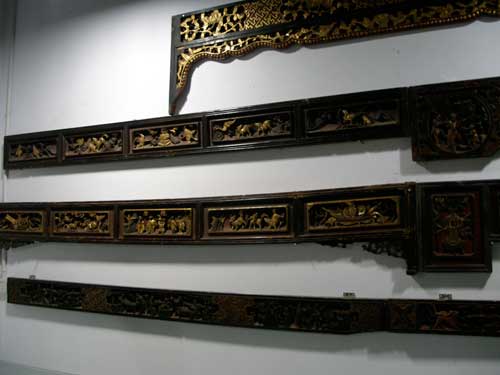
Old bed frames and boards from 100 years ago
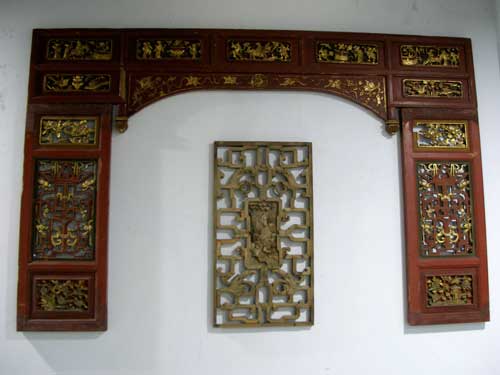
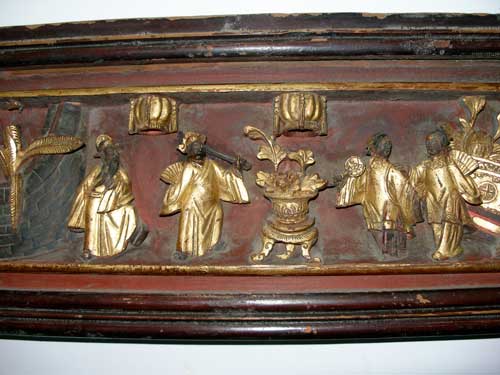
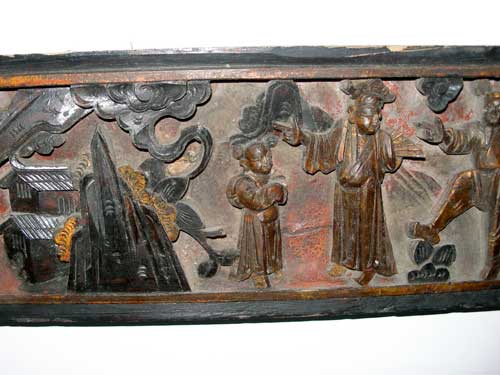
Intricate detail
Mao:
A special section was dedicated to Mao Zedong (Tse-tung), leader of the People’s Republic of China from 1949 - 1976.
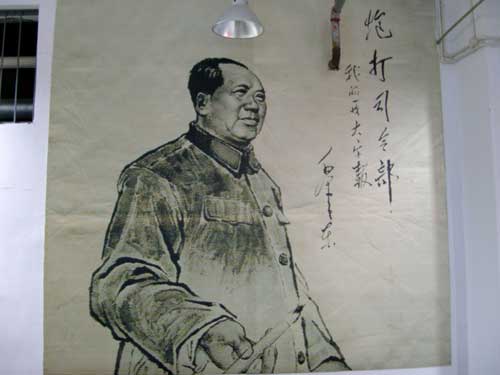
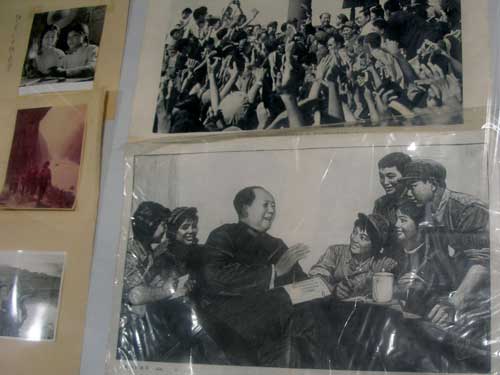
The mall
The museum was housed deep within an ornate shopping mall.
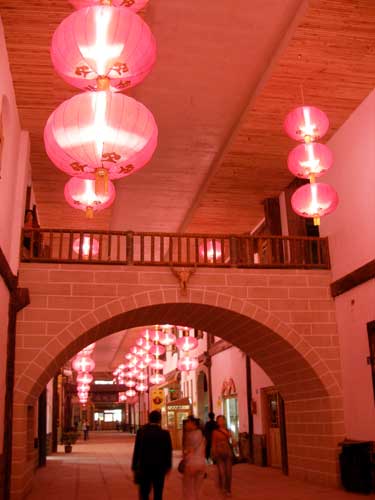

A store front
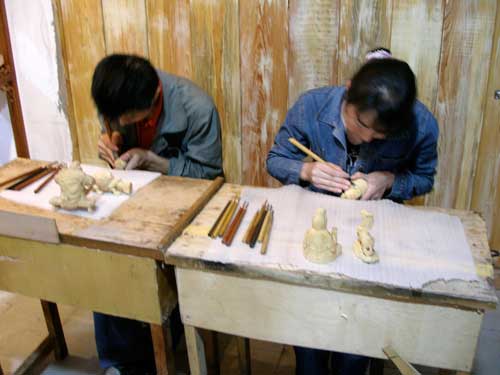
Artisans are busy carving various statues.
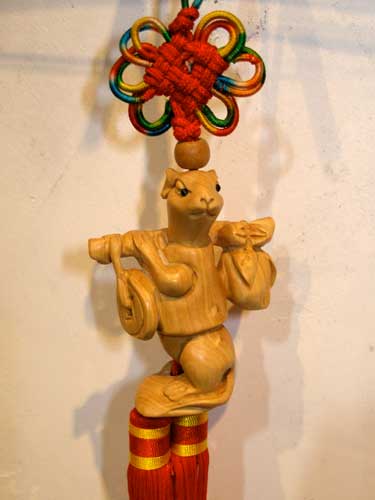
Year of the Rat
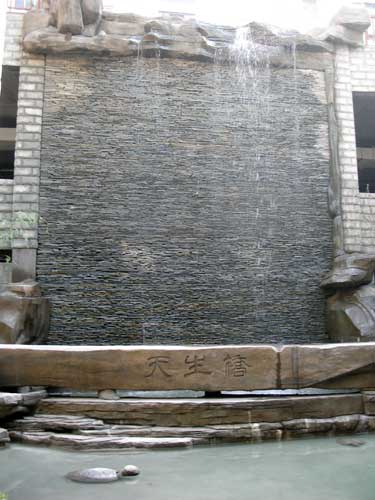
The Heavenly Born Bridge now rests in front of a cascading wall. It was relocated to save it from being submerged.
